If you, like most of the global population, spent the majority of the past year indoors, you are probably itching to catch up on all the things you missed. Large events, parties, weddings, hugs and international travel are probably all still distant hopes, but there’s one thing you can do right now: reconnect with nature.
No matter what your new year’s resolution may be, there’s probably a way that reconnecting with nature can help you achieve it. Want to improve your physical health? Numerous studies have shown that exposure to nature can decrease the likelihood of cardiovascular and autoimmune diseases, boost your immune system and lower blood pressure. Focused on your mental health? Experiences in and with nature increase positive emotions, encourage connections with other humans, reduce anxiety, stress and depression. Want to get fit? Being outdoors encourages exercise, and sport in nature leads to higher self-esteem, creating a positive feedback loop to keep up the habit.
If you are trying to kick a bad habit, the benefits listed above will help you reach your goal by eliminating triggers that make you reach for your poison of choice. If your resolution is to see more of your friends, you can do so safely outside – and share the benefits with them.
The positive effects of a deep connection with nature can be explained by the biophilia hypothesis, as outlined by Edward O. Wilson. The evolutionary biologist proposed that “the urge to affiliate with other forms of life” offered an evolutionary advantage. It makes us seek out nature in general, but especially natural environments considered beautiful – which usually translates to resource-rich. We may no longer need water from a stream and apples from a tree to sustain us, but we are still drawn to them instinctively. Any time spent in or observing the environment can be beneficial, but we want to explore ways to really reconnect and commune with nature on a deeper level.
Learn
As a society, we tend to define ourselves as separate from or in opposition to nature. But we humans are a part of nature. We can learn about ourselves by spending time in natural environments, observing the behaviour of animals and understanding natural processes. Not every lesson learned can be applied to ourselves directly, but knowing the ways we are the same and the ways in which we are different from other organisms helps us locate our place in the world and see how we are connected to it.
Here’s a simple way to learn about nature before you even set foot outside your door: Google “what do humans and … have in common”. See which autocompleted searches catch your attention – and dive into a weird and wonderful world of insights.
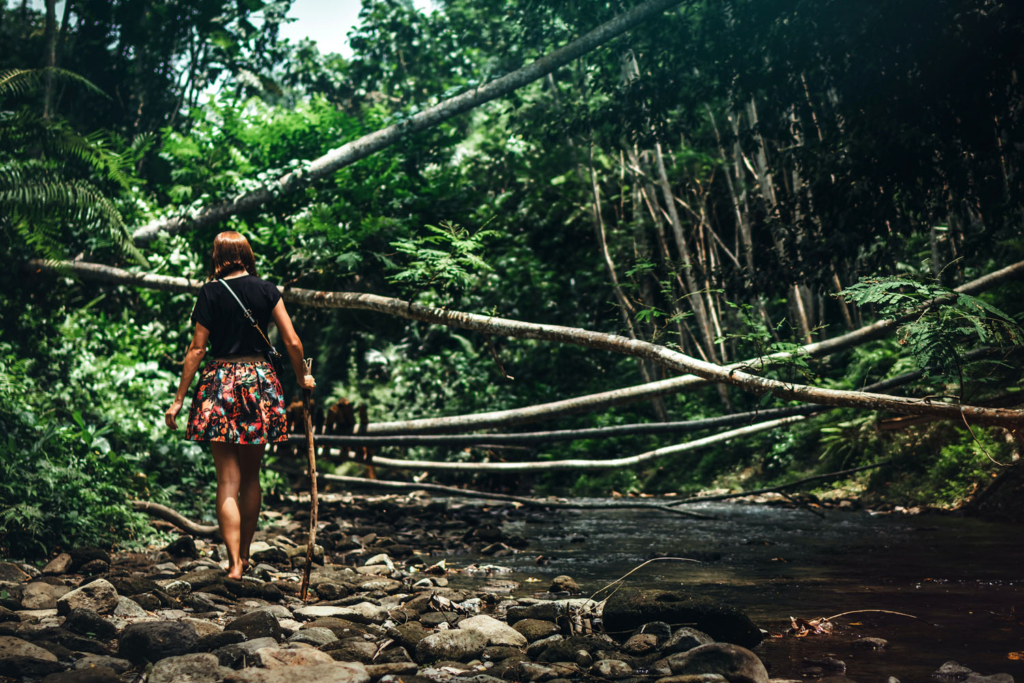
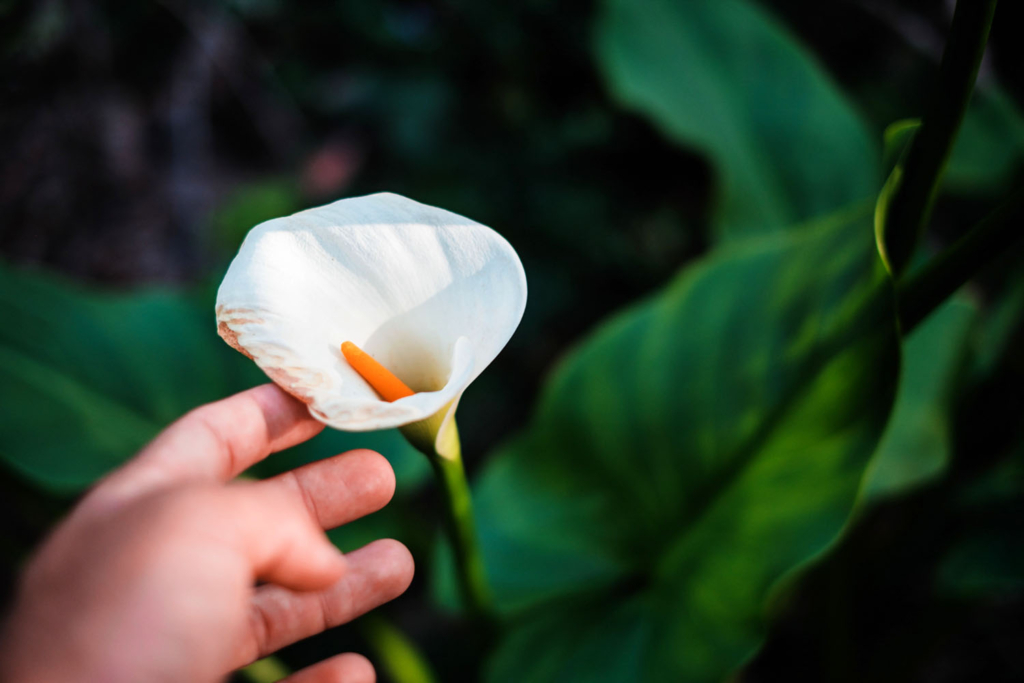
Observe
Obviously, you need to do more than read about nature to truly reconnect. You need to see things with your own eyes. So get out there and observe. Depending on where you live and how large your current radius of movement is, you could visit a local beach to watch the tides, the nearest nature reserve to observe wildlife, see what you can find in your garden or even just birdwatch with the aid of a feeder on your windowsill.
Select the observation methods best suited to your personality. If you like to stay open to new discoveries and want to allow yourself to be surprised, bring a pen and paper, and write down anything and everything you spot. If you prefer to be organised and systematic, search for downloadable wildlife spotting sheets or borrow a book listing regional flora and fauna from the library. If you enjoy a challenge, set yourself goals, like finding a certain number of plants within a specific area, searching for the largest plant or the smallest mammal, and so on. If you like to put a name to things, download apps to help identify plants and wildlife along the way.
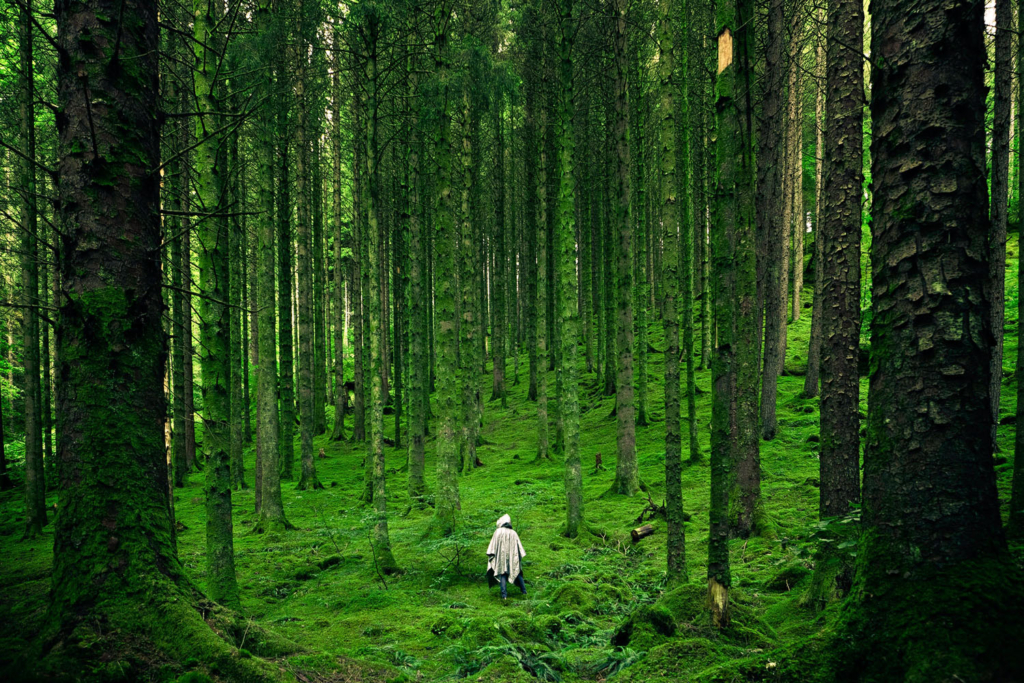
Create
You can go in search of nature, but you can also make nature come to you.
Creating wildlife habitats can be easier than you think. If you have the space, create a pond. If not, any watering device will help attract animals. Nature doesn’t thrive on tidiness, so leave a mess in some parts of your garden or even in a local park. Rock piles, bundles of twigs, leaves and logs all offer habitats for creepy crawlies and hedgerow mammals who in turn attract larger predators. In summer, insect-friendly wildflowers, native vegetation and bee hotels will help you do your bit to keep our striped friends buzzing. In a city flat without a balcony, think of greening vertical spaces, for example by letting a low-maintenance climbing plant creep up around your window. The process of creating spaces for life to thrive in already connects you with nature, as you build, rearrange, interact and work with her materials.
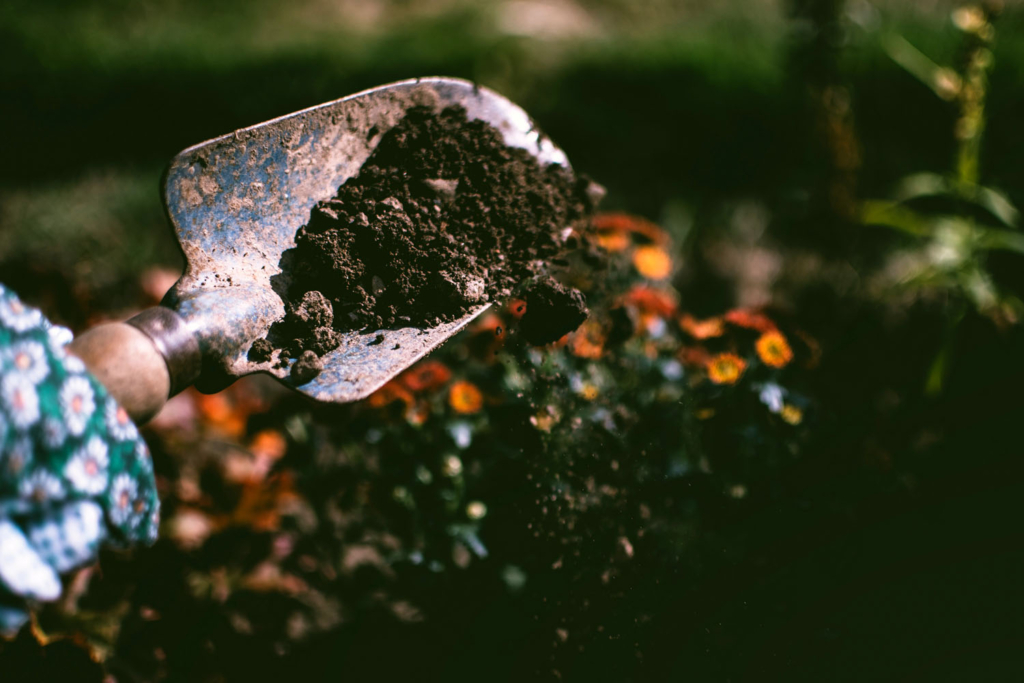

Design
As long as northern hemisphere winter and local pandemic measures keep many of us indoors, you can also bring nature into your home. Biophilic design has been shown to convey many of the same benefits as being out in nature. Even simple additions to built environments can help affect mood, mental well-being and physical health. Think potted plants, tactile materials like wood and stone, natural light.
Considering adopting a pet? Now may be the time (although, needless to say, a pet isn’t a pandemic purchase you can get rid of when you return to your busy post-pandemic life). Bringing the miracle of new life to your home can also be as simple as buying a mushroom set, sprouting vegetable offcuts or observing the multiplication of bacteria in sourdough fermentation on your kitchen counter.
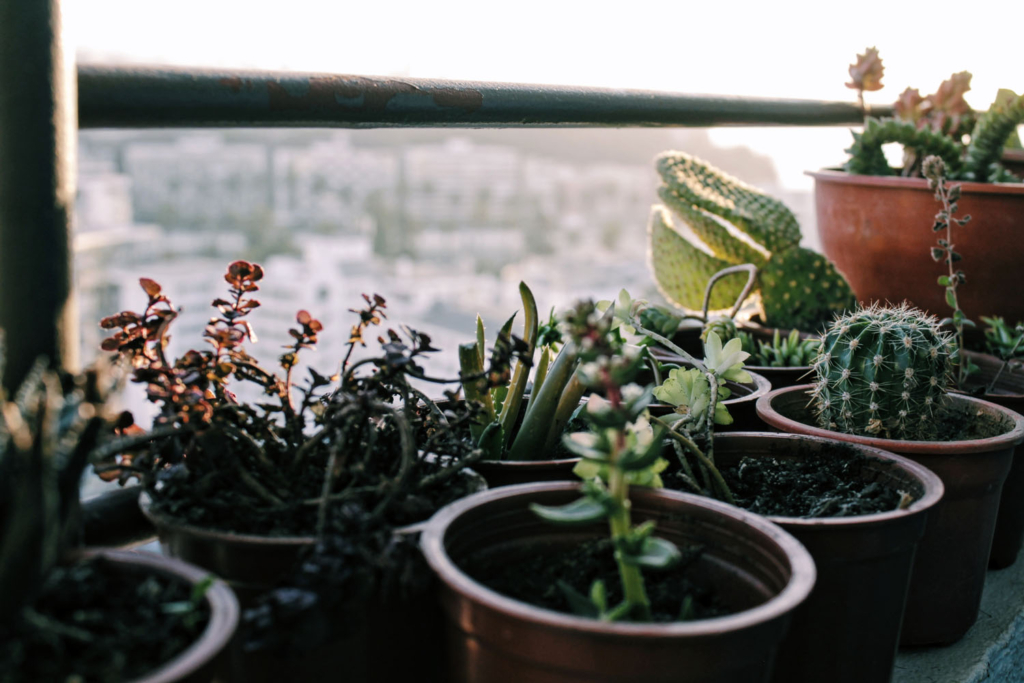
Explore
But why do we even consider the built environment separately from outdoor nature? A recent publication explores the unexplored territory of our homes, offices and other buildings we spend so much time in. The Great Indoors: The Surprising Science of How Buildings Shape Our Behavior, Health, and Happiness is focused on how the indoor world affects our mental and physical well-being and makes the case for biophilic design as a solution to many problems, but it also provides an interesting perspective that may help get you out of your lockdown rut.
Even when you’re indoors, you are in an ecosystem, surrounded by animals, plants and other organisms you may not even notice. If you can’t be outdoors, start your observations of nature within your four walls, for example by getting to know the spider in your hallway and finding out what variety of moss is growing on that north-facing wall.
Sense
Rational thinking, book learning, online research and systematic observation will help you understand nature, but to feel and reconnect, you need to use all your senses. You can do this consciously, for example by allotting five-minute slots to each sense during your next walk in the park.
Sight: Allow your eyes to wander, focusing on nearby objects, then stare out into the distance, which helps rest your eyes, especially if you spend a lot of time staring at screens.
Touch: Walk barefoot. Yes, even if it’s cold. Actually, especially if it’s cold. Run your hands over the bark of a tree. Trace the smoothness of its leaves or the bumps on its branches.
Sound: Close your eyes and pay attention to the sounds of nature around you. Concentrate on individual ones, or simply let them wash over you.
Smell: It’s hard to separate the senses entirely, but – keeping your eyes closed – try to shift your focus to smelling the earth, plants, the air around you.
Taste: Obviously, you need to know what you’re doing before putting things in your mouth (that’s where the aforementioned plant-spotting apps come in), but popping a freshly picked berry or nut in your mouth, drinking from a safe freshwater source or even just chewing on a blade of grass can be an intense experience.

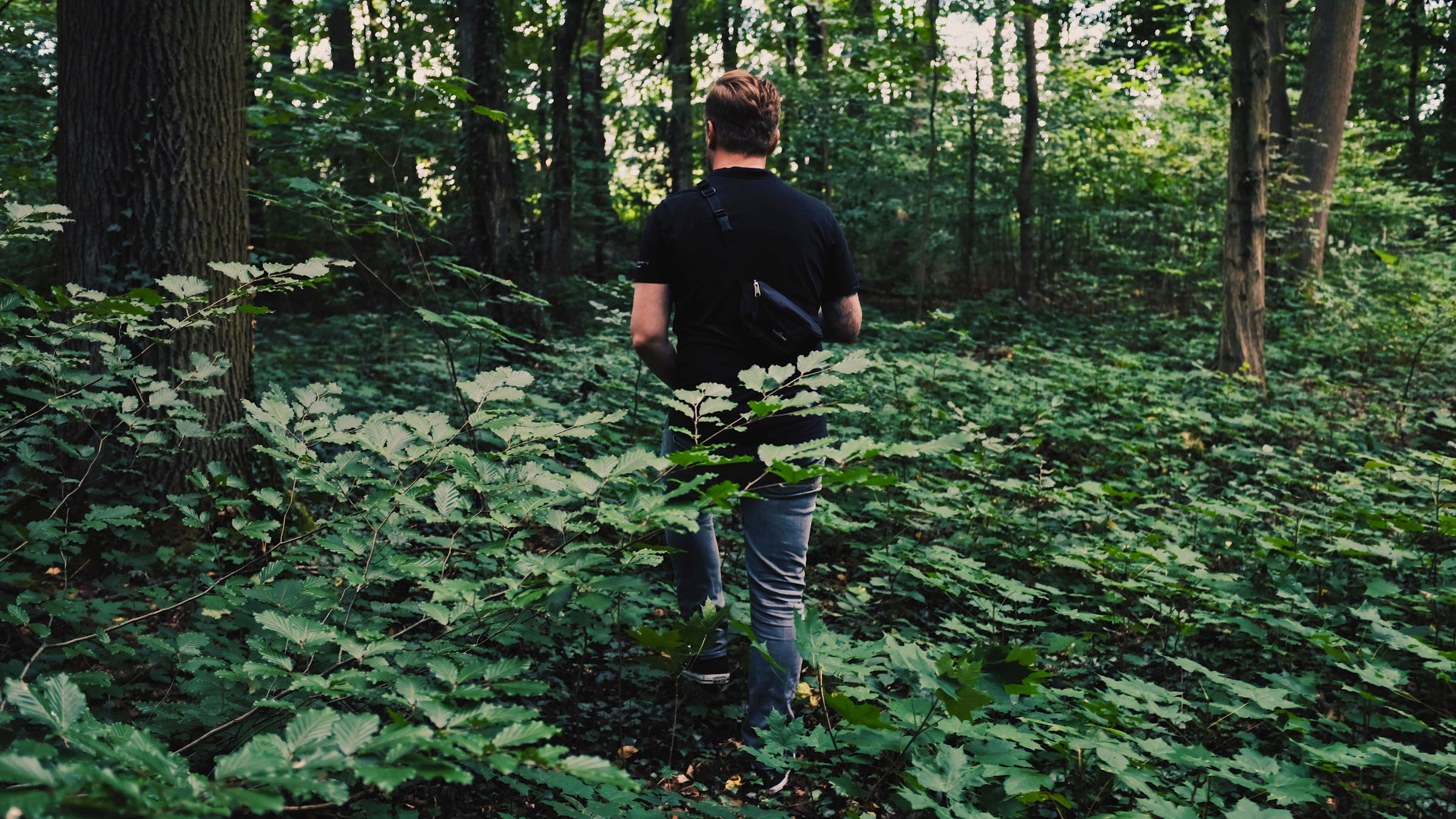












Sorry, the comment form is closed at this time.